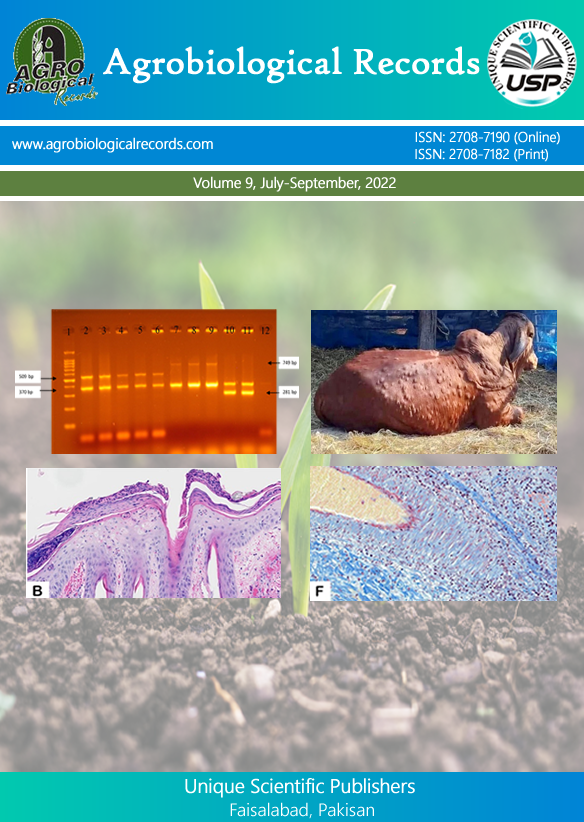
Ali Raza1, FNU Abdullah2* and Abdul Wahid2
1Inclusive Development Group, National Bank of Pakistan; 2Department of Soil and Crop Sciences, Texas A & M University, TX-7784, USA
*Corresponding Author: abdullah.67@tamu.edu
Modern machinery, computerized instruments, and information and communication technologies (ICTs) are transforming agriculture through the digital revolution, enabling increased production and informed decision-making. Several cutting-edge technologies are being integrated into agriculture, including robotics, the Internet of Things (IoT), big data, artificial intelligence, machine learning, GPS, and remote sensing. These innovations are increasing yields while lowering prices and having a smaller negative impact on the environment. The Digital Dera initiative (DDI) was launched in the district of Pakpattan to provide digital services regarding agriculture and extension. The purpose of this study was to examine the impact of digital technologies in agriculture and also examine the effectiveness of the DDI in Pakpattan. The cross-sectional research design was followed to conduct the study. The study was conducted in Punjab Province; purposive sampling was employed for this study. Almost 120 farmers were purposively selected as beneficiaries of the initiative. The survey was conducted using a well-structured and validated interview schedule, and the results were analyzed through SPSS. According to data, smartphones had the highest number of users, 81.7%, followed by the internet, 72.5% users. While leverage sensors and solar-powered pumps also had more than half of the users. Farmers ranked their access to digital tools through the Digital Dera project in 1st place (mean = 4.34), which was considered too high. The Pearson correlation coefficient shows a significant and negative relationship between the age of farmers and the use of various digital tools. But there is a highly significant and positive relationship between the education of farmers and the use of digital tools. There is a need to promote government schemes and subsidies among farmers so that they can take advantage of this opportunity.